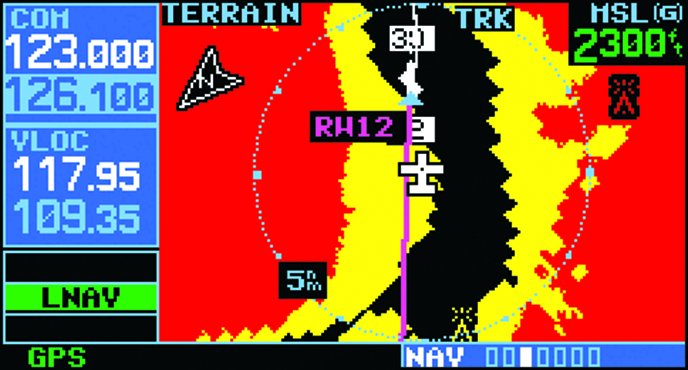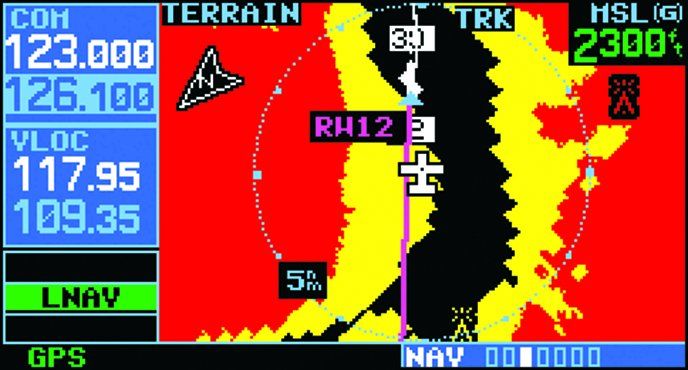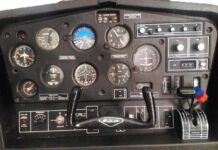I recently heard a radio story about training New Yorkers to use chain saws. Pretty funny deal to a guy who grew up heating on wood and now lives in Maine. One chain-saw expert made this biting comment: “Can you believe they sell these things in Home Depot?”

In a way, that’s my take-away from the latest NTSB finding that glass-cockpit aircraft don’t appear to be safer than those with conventional instruments. My inbox was all atwitter with people commenting on this, and everyone seemed to think these findings supported their point of view.
The proponents of glass harped on the recommendation that real increases in safety only come with thorough training. That’s almost certainly true. An interesting stat is that members of the Cirrus Owners and Pilot’s Association (COPA) have a significantly lower accident rate than the overall Cirrus numbers. Having shared beers with several COPA folks at their conventions, I know they actively pursue ongoing education and proficiency. They’re always training.
The glass-cockpit naysayers also had a field day, shouting out that the extra 100-grand for pretty pictures while you trundle through the clouds doesn’t do you a lick of good if you start taking on weather you wouldn’t have without the glass. This comes from the NTSB study finding that, while there were fewer total accidents from 2002 to 2008 in glass-panel aircraft, the pixel-pushers had a higher fatal-accident rate and higher total fatal accidents: 23 fatals out of 141 total for conventional gauges versus 39 fatals out of 125 accidents with glass. Weather was a factor more than twice as often in the glass-panel wrecks, and weather crashes are more likely to be fatal.
So both sides were vindicated, but, I think, for the wrong reasons. The NTSB study focused on the left-hand display, the PFD. In the study, some of the conventional planes had GPSs or MFDs. Anyone who’s flow hard IFR with and without the moving map, terrain awareness and live weather can testify that is where the safety gain lies. Data from the Alaska Capstone project confirms this. It’s the stuff on the right—the GPS, MFD, weather data, etc.—not the PFD, that matters.
The stuff on the right also causes all the confusion and needs the training focus. I’ve seen it for years doing instruction in these planes (and fallen victim more than once myself). The pilot gets focused, distracted or confused over on the right and stops flying the airplane over on the left. Success in handling bad weather or flying to low minimums—usually a success on the right where the GPS and autopilot live—leads to over confidence and then an inability to keep the plastic out of the trees when things turn sour (which requires mastering all the pretty LCD screens).
Adding some questions to the pilot written exams isn’t going to help one whit. Training may, but only if that training includes philosophy and attitude. The glass cockpit is like that Home Depot chain saw. Respect the tool and handle it well, and your safety and mission utility go up. Assume it just makes life easy, and you’re a nasty accident





